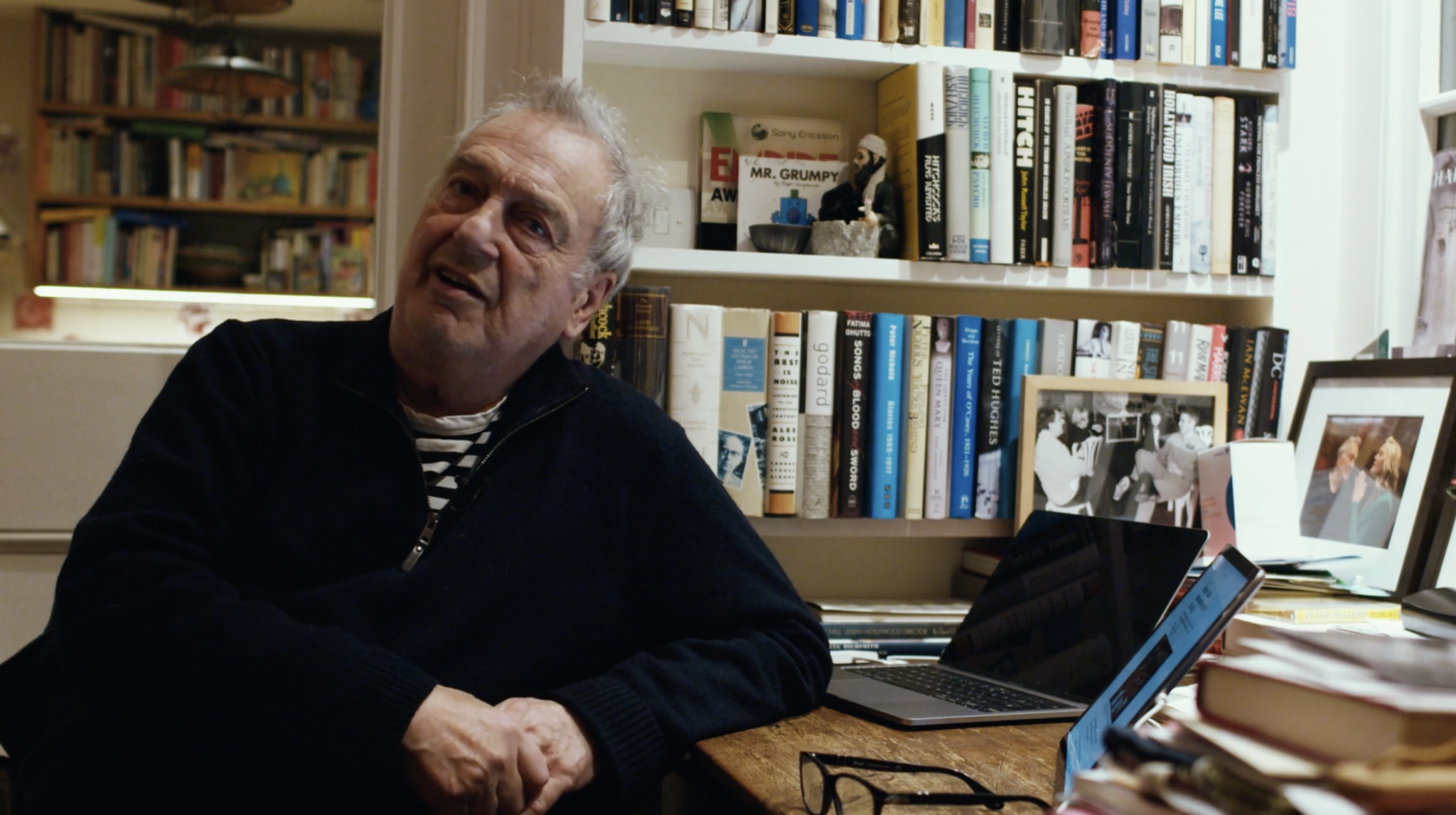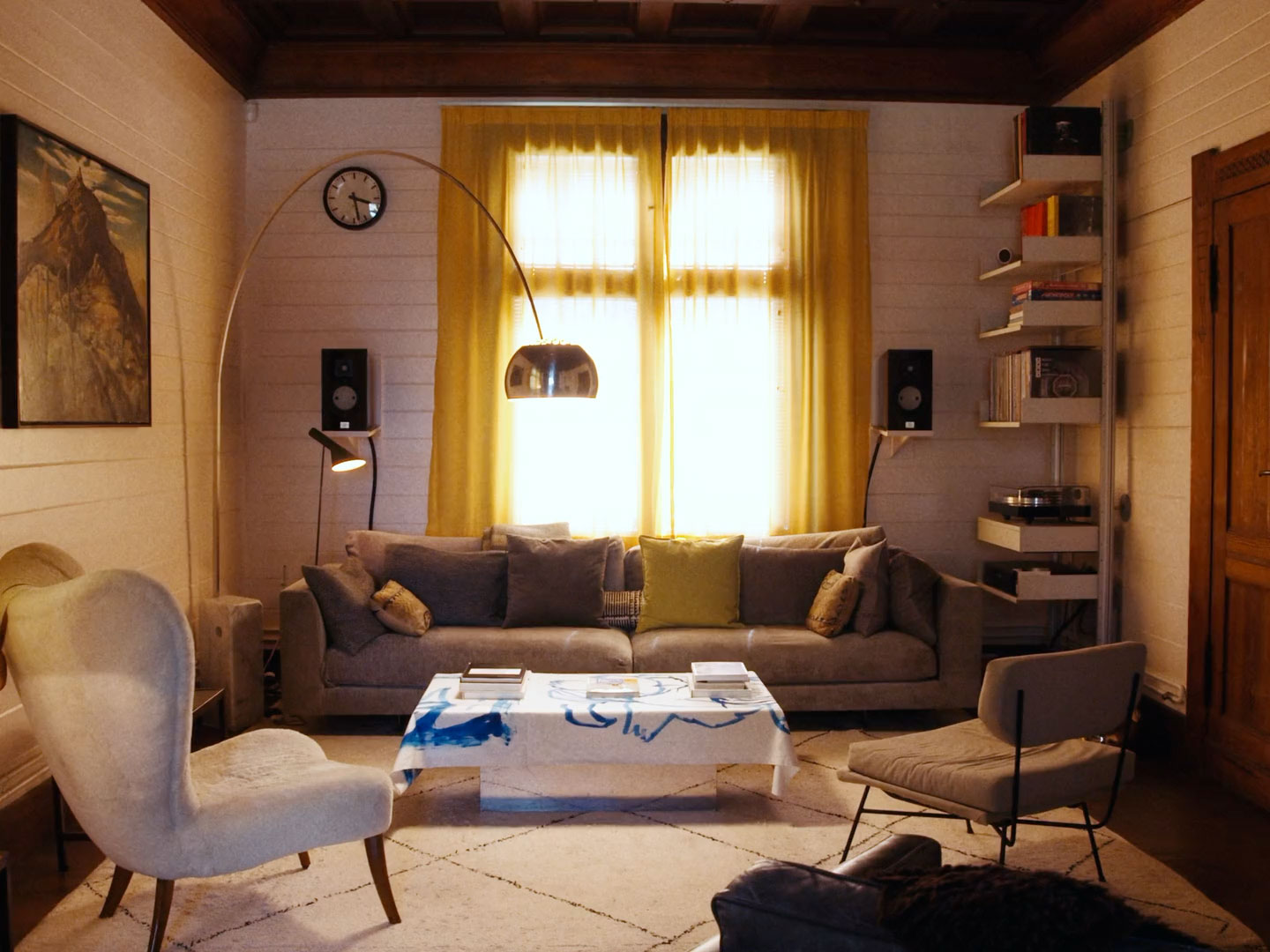
On its sensational release in 1969, Dennis Hopper’s biker-freak odyssey Easy Rider became a touchstone for the American counterculture, the locus classicus of freedom, the New Testament of sticking it to the man. This movie is perhaps the counterculture’s single most prominent and enduring visual legacy. And now—to the dismay of Easy Rider fans—there is even excitable talk of a remake.
You ask—what was the counterculture? It’s these guys on their Harleys, roaming around, having encounters, smoking weed, dropping acid! They were literally on the ultimate ‘trip’, and their freedom spoke to young Americans who had dropped out and were travelling around from festival to festival, or heading up to Canada to avoid the Vietnam draft. Author Terry Southern, and stars Dennis Hopper and Peter Fonda, argued over their script credits, but screenwriter Buck Henry said that “Easy Rider was authorless, the automatic handwriting of the counterculture.”
It’s complicated, though. Easy Rider is a story of white people, when the counterculture was driven by black American activists’ fight against racism; it’s also about two guys who (like the counterculture itself perhaps) had no great interest in the burgeoning feminism of the time. And in so many ways it’s a story of ruthless capitalism and entrepreneurialism: two selfish drug dealers who abandon their murdered friend by the roadside because they don’t want to get the cops involved and are finally haunted by the truth, before their own brutal fate—they’re sellouts. And yet this final tragic contradiction is what makes it so countercultural. Easy Rider is Woodstock and Altamont at the same time. It’s a festival of freedom and love, and it’s also about bikers, disillusion and death.

Two freaks from the US show up in a remote Mexican town: the dishevelled and hairy Billy (played by the movie’s director, co-writer and legendary substance imbiber, Dennis Hopper) and Wyatt, nicknamed “Captain America” due to the American flag on the back of his jacket: a smoother figure played by the impossibly handsome Peter Fonda. They buy a very great deal of cocaine at a knockdown wholesale rate from the locals and the next thing you know, our two amigos are in the car park at the airport in LA selling their wares at a gigantic markup to a sinister figure played (with an appropriateness that they can’t really have known at the time) by Phil Spector. It is at this point, in almost any other kind of film, that these naïve hippies would be cut out of the action or murdered.
But flush with cash and freedom and excitement, high on their own glorious audacity, and riding a couple of amazing new Harley choppers, Billy and Captain America head out on the highway, looking for adventure, as Steppenwolf put it in their immortal tune on the soundtrack, Born To Be Wild. (Steppenwolf later released a countercultural concept album called Monster). Easy Rider was the first movie to use rock tracks on the soundtrack in this way, including work from Jimi Hendrix and The Byrds. Captain America has already thrown away his wristwatch, utterly unconcerned about bourgeois timetables and schedules. They are to have many startling meetings, most importantly with a groovy civil rights lawyer and boozer whom they introduce to weed: George Hanson, played by Jack Nicholson.
Easy Rider didn’t come out of a clear blue sky. The spirit of the times was turbulent, volcanic, revolutionary. In the previous two years, there had been a student uprising in Paris, the killing of Che Guevara in the Bolivian jungle, racist murders in Birmingham, Alabama (and all over the United States), the Prague spring and the Soviet tanks, upheavals in Hungary and Poland, uproar in Communist China and post-independent African states, the assassinations of Martin Luther King Jr and Robert Kennedy. And in Hollywood, executives were panicking about the sclerotic dullness of the studio system, the dull fare being pumped out, the increasing importance of the youth customer base. The vitality of the New American Cinema showed them a new type of American movie was possible—particularly with the (eventual) success of Warren Beatty’s Bonnie And Clyde. Billy and Captain America were like Bonnie And Clyde’s runaway road-movie outlaws—only they didn’t have guns.
Easy Rider would have reassured the old guard in that it already fitted (roughly) into existing templates: it was a biker movie (like The Wild One with Marlon Brando), and these were famously lucrative. And it looked a bit like a Western, with bikes instead of horses. But it was also a kind of buddy movie, a movie about male friendship (like Butch Cassidy And The Sundance Kid). And weirdly enough, the zany, freaky adventures of Billy and Captain America resonated with something at the forefront of the American mind: the notorious disorder at the Democratic National Convention in Chicago in 1968, at which the two activist-pranksters of the Youth International Party (the “Yippies”) became prominent: Jerry Rubin and Abbie Hoffman—political subversives, anti-Vietnam radicals and creative mischief artists who excelled in devising demonstrations and situationist freakouts. Billy and Captain America were Yippies in their hearts, albeit unknowingly, in they create mayhem—more so than than a wacky troupe called Gorilla Theater they encounter in a hippy commune—and flout the law. But they wish violence on no-one.
But there is another way in which Easy Rider created a backdated countercultural history. Clearly, one of the great radical figures was Che Guevara. But it was long after his death, in 1993, that a Cuban publisher brought out his twenty-something memoir of travelling across South America with a friend, Alberto Granada, in 1952, finding the poverty and inequality which radicalised him—The Motorcycle Diaries. They only had one bike, a 500cc Norton. But who could doubt what inspired this posthumous publication? What created a huge retrospective part of the Che Guevara myth? Its English publisher Verso marketed it under the tagline: ‘Das Kapital meets Easy Rider.’ Guevara died a year before the film came out—but found himself entwined with Easy Rider. And so Easy Rider rode on its radical and countercultural future.










